Don’t let the title scare you off there is actually a benefit to be found in bringing technology into the classroom. This can be from immersive sandbox worlds like Minecraft, or letting students use video games to prove understanding of other course work.
Focusing on Minecraft, it is a game that is an open world sandbox. The game mechanics focus around building and creation through blocks and resource gathering. The trick with this game is that there is no objectives and it is completely open world. Allowing a facilitator or player to create their own mission or goals. Logging into the world you start with nothing and are in a completely randomly generated landscape.
Now depending on how you choose to play the game you can have unlimited materials and just build freely. Or you can play on survival mode and have to find your own resources. Starting with cutting down trees for wood, to create pickaxes and mine stone, after some time finding diamond and upgrading your gear. In survival mode you will be met with a number of challenges. First of all food, your character has to find food in order to survive. There are also monsters that will hunt the player at night, making shelters an essential part of the game. There are also a number of natural dangers in the game: Falling, Laval, Water. Players have to make sure that they are careful while being creative.
Our class were given two lessons, the first was the tutorial to the game and the basic controls for playing. An adventure world that lead us through an obstacle course and basic building process in order to reach a campfire at the end of the adventure. After understanding the controls we were released onto a creative world where we could build as much as we want. My friends and i immediately started in on an airship. After some time our facilitator turned on survival mode and all of us fell to the ground. Now without materials we set ourselves the goal to make it back up to the floating air ship. In less then an hour we had built a tower that returned us to our airship ad we concluded our adventure as a success.
This is just one example of how it can be used in the classroom, it forced a group of us to collaborate and develop a creative project. Dealing with natural adversities of the game as well as sabotage from other groups on the server. The facilitator finished our class by discussing other uses of the game. There are hundreds of lessons on the Minecraft EDU website that lay out goals and tasks that help students in a variety of subjects and grade levels. This along with the personal example of how our facilitator had a group of grade8 students create an ancient society on a desert biome with limited resources. This helping students to understand the adversities in anxiety society and come up with solutions to problems that may not be present today. I encourage you to explore the Minecraft EDU website to get a better understanding of how this type of sandbox type world can be used to help expedite learning.
 function of the app is very similar to the classic testing method. Create a multiple choice quiz and have students answer using a bubble sheet. The interesting part about this app is that every test c
function of the app is very similar to the classic testing method. Create a multiple choice quiz and have students answer using a bubble sheet. The interesting part about this app is that every test c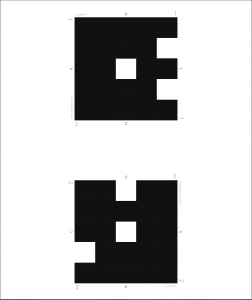 However the amazing part of this app is that there is no test involved. Students are given QR code like sheets of paper. These QR codes are student specific and can register a different answer based on the orientation the student
However the amazing part of this app is that there is no test involved. Students are given QR code like sheets of paper. These QR codes are student specific and can register a different answer based on the orientation the student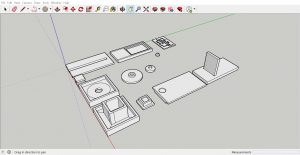 ard about toys and fidget cubes that are supposed to help with this issue but have never had the opportunity to buy one. This was something I thought I might be able to solve using a 3d printer. I spent the weekend working on a design based on images I had seen online and my own typical movements when I fidget. Using the program Sketch up I designed a rectangular box with a number of different coping methods. I have since taken this design separated the pieces and began prin
ard about toys and fidget cubes that are supposed to help with this issue but have never had the opportunity to buy one. This was something I thought I might be able to solve using a 3d printer. I spent the weekend working on a design based on images I had seen online and my own typical movements when I fidget. Using the program Sketch up I designed a rectangular box with a number of different coping methods. I have since taken this design separated the pieces and began prin ting. The printer has proven to be more temperamental then expected but I hope by the end of the week to have a functioning prototype of the the fidget device. Though seeing the printing in the real world I have already started planning a second edition to this device. One that is more streamlined and able to fit into a pocket.
ting. The printer has proven to be more temperamental then expected but I hope by the end of the week to have a functioning prototype of the the fidget device. Though seeing the printing in the real world I have already started planning a second edition to this device. One that is more streamlined and able to fit into a pocket.
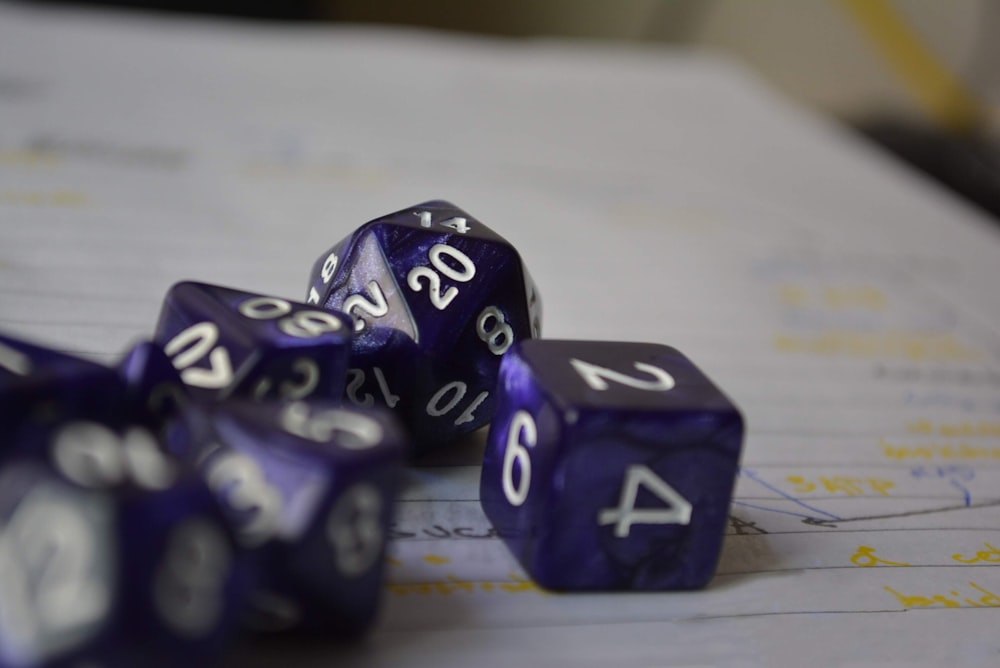
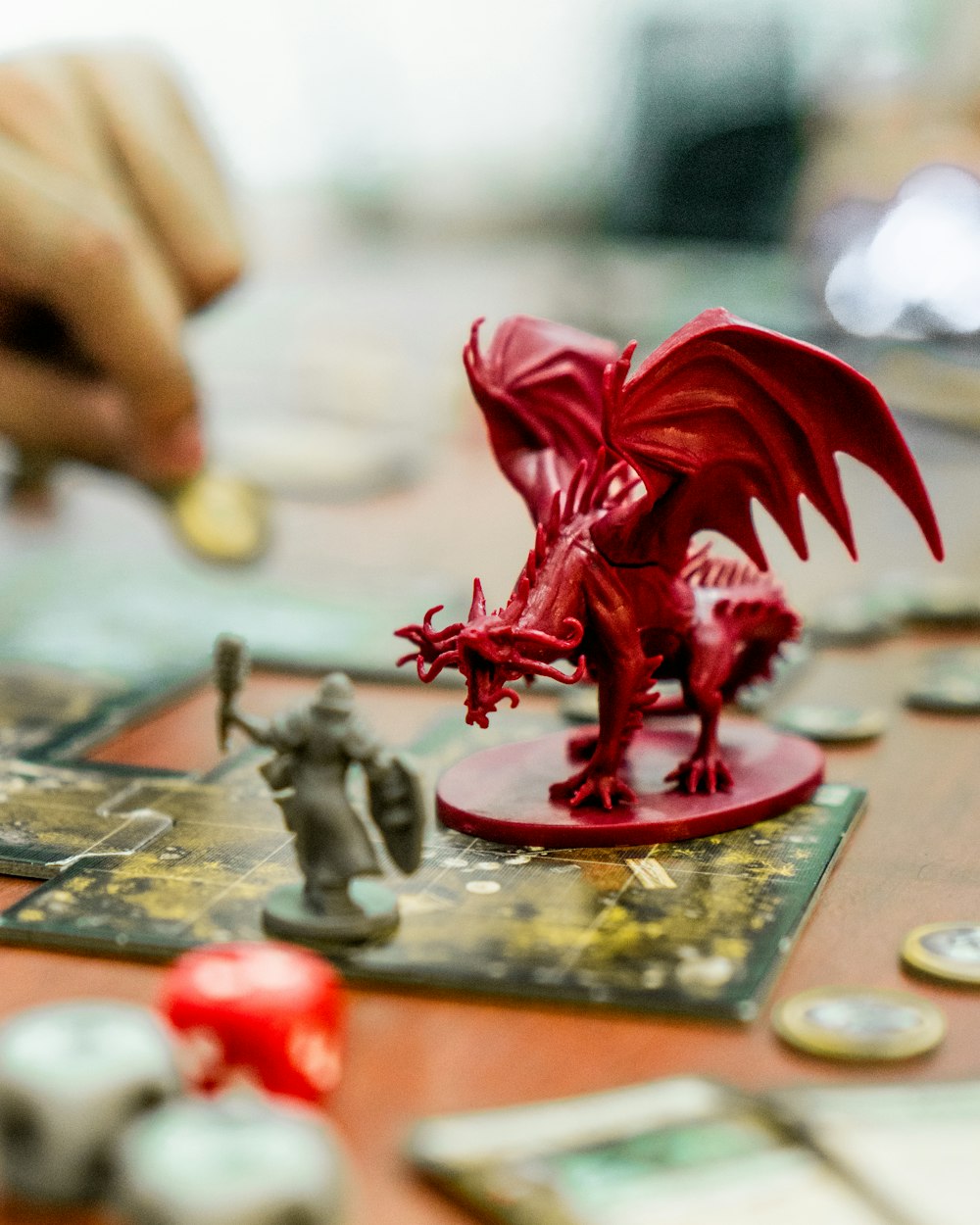
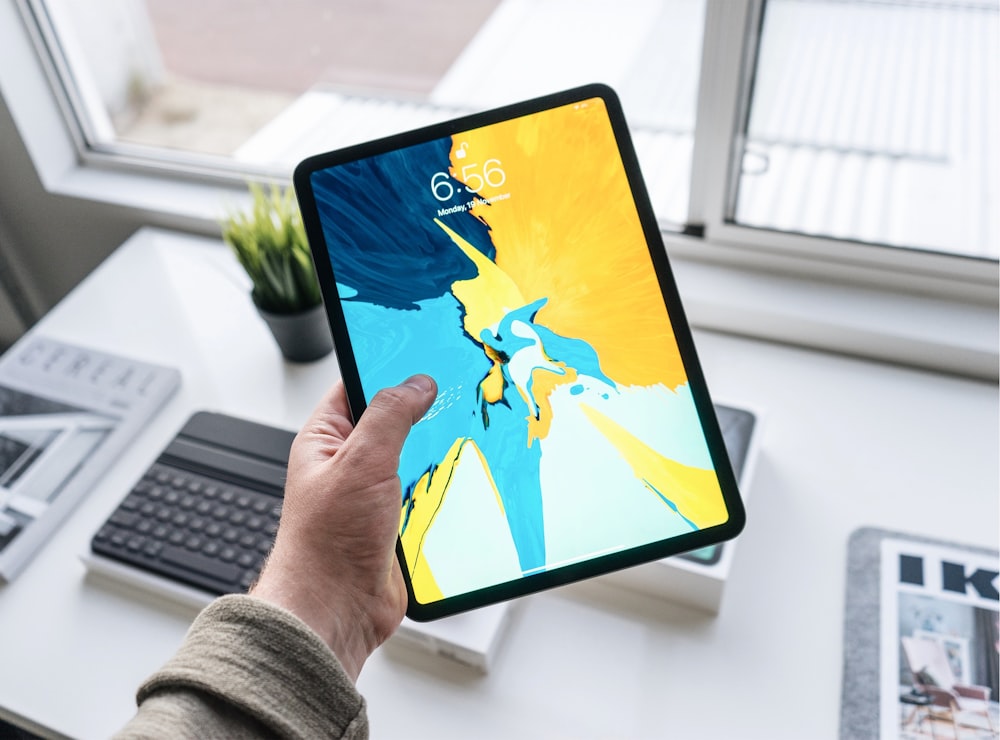

Recent Comments